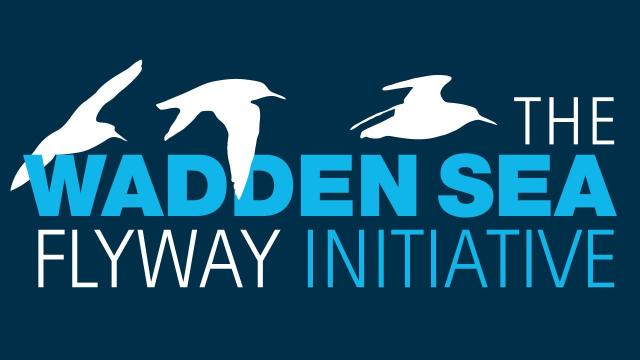
Usage of drones in assessing bird numbers along the East Atlantic Flyway
This report originates from a project entitled "Innovation for Migratory Bird Monitoring along the East Atlantic Flyway,” funded by the European Commission’s Structural Reform Support Programme. Traditional methods for monitoring breeding and staging waterbirds face challenges such as risk of disturbance and uncertainty about the precision of counts associated with the use of human observers, which has prompted the development of new drone-based remote methods for counting and mapping waterbirds. This report compiles experiences from attempts to monitor a range of waterbirds at different points in the annual cycle using drones. It is now evident that drones are very useful when monitoring species breeding in colonies, e.g. spoonbills, gulls and terns. Ongoing studies are still exploring the pros and cons of drone-based monitoring of cryptic species and non-colonial species of breeding waterbirds. Monitoring of waterbirds outside the breeding season with drones is often far more challenging due to their wider distribution in the landscape. Some intertidal feeding species are also highly sensitive to approaching drones, especially when roosting at high tide. There is limited experience in monitoring birds foraging on sand- and mudflats at low tide. Further research is required to identify the precise circumstances under which drones are likely to greatly improve the quality of monitoring of waterbirds during and outside the breeding season.
